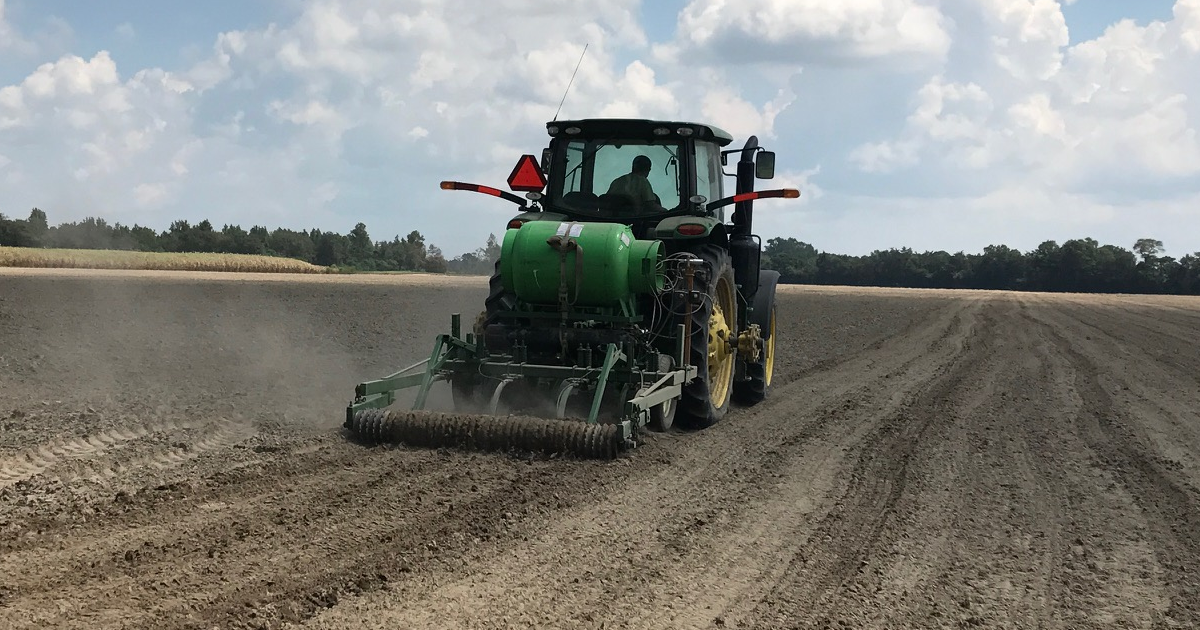Let’s break down the facts on why Chloropicrin is a powerful tool for providing consistent return on investment for growers of specialty crops around the world. Chloropicrin can be used to optimize soil health and productivity by combating pests and stimulating beneficial soil microbes.
Chloropicrin has been used as a foundational agricultural product for soil-borne pest suppression in specialty crops throughout the world for over 60 years. It is a bio-nutritional soil fumigant, that breaks down into elements that are naturally utilized by plants: carbon, chlorine, nitrogen, and oxygen. After breaking down, there is no reside left in the soil, which in turn results in no plant residue.

After being applied into the soil as a liquid through shank (broadcast or in-row) or drip system application, Chloropicrin rapidly becomes a gas that does not move down or into ground water. It does not need to activate with water and moves through soil pore air space for a wide area of effect.
Chloropicrin does NOT sterilize the soils it is used in. It shifts the soil microbial community creating an environment for native microbial populations to thrive. It has shown to have novel effects on soil microbiome as a bio-stimulant, in addition to pathogen suppression. Increases in the abundance of native fungi and bacteria such Trichoderma, Bacillus, and Pseudomonas have been seen in many on-farm trials across a wide range of geographies and cropping systems.
The shifts within the soil microbiome generate a wide range of effective use rates for Chloropicrin based on targeted prescriptions that are determined by pest pressures, crop rotation programs and grower yield goals. We recommend higher dose ranges for season long suppression of major soil-borne pests and lower dose ranges for increases in crop stand establishment and accelerated growth.
Through soil analysis we see soil microbiome shifts across all rate ranges, resulting in better germination, early plant vigor and uniformity. Contact us today to see first hand what Chloropicrin can do for your soil, crops, and marketable yields.
